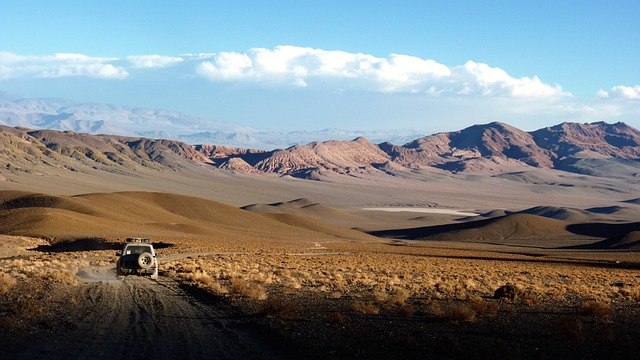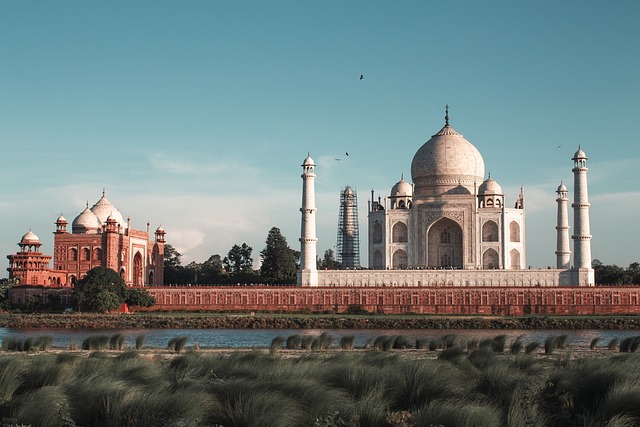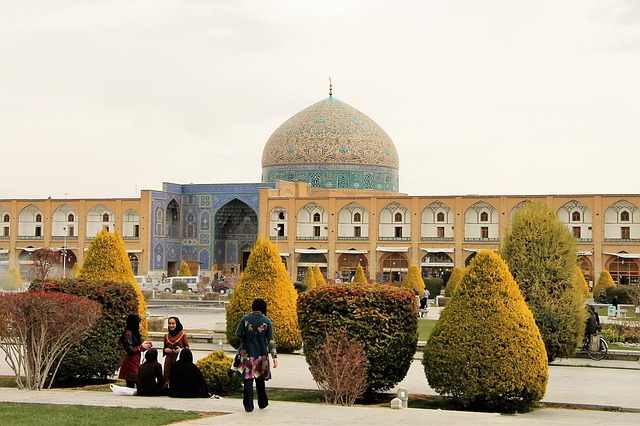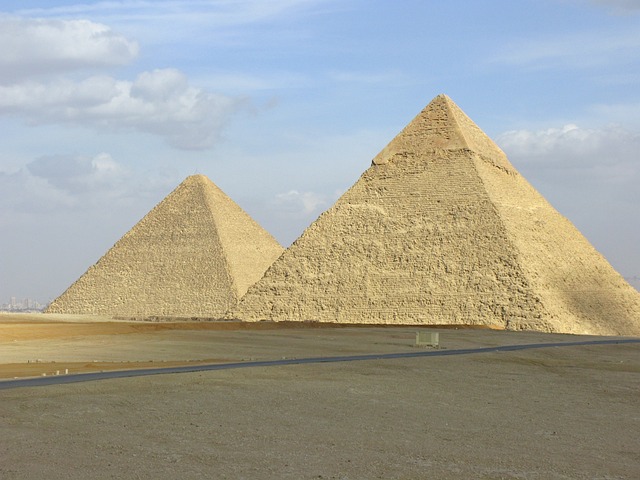Patagonia, that sprawling region at the southern end of South America, is a land where breathtaking landscapes meet vibrant wildlife and rich cultural heritage. Straddling the border between Argentina and Chile, this area has become a top destination for adventurers, nature lovers, and those seeking solace in its majestic surroundings. In this comprehensive guide, we will traverse the diverse offerings of Patagonia, unveiling its natural wonders, attractions, and practical travel tips for a memorable journey.
Understanding Patagonia: A Geographic and Cultural Overview
Patagonia stretches from the southern Andes to the Atlantic coast of Argentina, encompassing two distinct countries and several provinces, including Santa Cruz and Chubut in Argentina, and the regions of Aysén and Magallanes in Chile. The sheer size of Patagonia—over 400,000 square miles—means that visitors can experience a vast array of environments, from lush forests and windswept plains to dramatic mountain ranges and pristine glaciers.
The region is characterized by its unique weather patterns, with strong winds and rapidly changing conditions making it essential for travelers to be prepared for all seasons, even within the same day.

Culturally, Patagonia is a mosaic of Indigenous heritage, European influences, and modern Chilean and Argentine life. The region is home to several Indigenous groups, such as the Mapuche and Tehuelche, who have lived in harmony with nature for centuries. This rich cultural tapestry contributes to the vibrant communities that thrive in Patagonia today.
Iconic Attractions to Explore
1. Torres del Paine National Park (Chile)
One of the most stunning national parks in the world, Torres del Paine is a UNESCO Biosphere Reserve known for its rugged mountains, azure lakes, and diverse ecosystems. The park’s iconic granite towers rise dramatically into the sky, attracting hikers from around the globe.
Popular trekking routes include the “W” and “O” circuits, which take you through breathtaking landscapes, offering opportunities to spot guanacos, condors, and even elusive pumas. For those who prefer a more relaxed experience, scenic drives and boat tours on Lago Pehoé provide an unparalleled view of the surrounding peaks.
2. Los Glaciares National Park (Argentina)
Home to the world-famous Perito Moreno Glacier, Los Glaciares National Park is an incredible sight to behold. Unlike many glaciers worldwide, Perito Moreno is actively advancing, creating spectacular calving events as massive ice chunks break away and crash into the waters below.
Visitors can walk along wooden walkways to witness this natural phenomenon from various vantage points or take guided ice trekking tours to walk directly on the glacier. Other stunning attractions within the park include Laguna de los Tres, where you can see the awe-inspiring Fitz Roy massif.
3. The Whale Capital: Puerto Madryn (Argentina)
If marine life captures your interest, a trip to Puerto Madryn is a must. Located along the eastern coast of Patagonia, this coastal city is renowned for its incredible opportunities for whale watching, particularly the southern right whale, which comes to the Golfo Nuevo each year to give birth.
You can also embark on day trips to the nearby Peninsula Valdés, a UNESCO World Heritage Site, where you’ll encounter sea lions, elephant seals, and a multitude of bird species.
4. The End of the World: Ushuaia (Argentina)
As the southernmost city in the world, Ushuaia serves as a gateway to Tierra del Fuego National Park, where stunning landscapes abound. Here, you can hike through sub-Antarctic forests, explore the Beagle Channel, and catch glimpses of diverse wildlife including foxes, birds, and even the occasional penguin.
The city itself is charming with its colorful houses, excellent seafood restaurants, and museums dedicated to maritime history and Indigenous culture.
5. The Lakes District and Bariloche (Argentina)
Nestled in the foothills of the Andes, Bariloche offers a picturesque setting of snowy peaks, lush forests, and sparkling lakes. Known for its Swiss-style architecture and delicious chocolate shops, Bariloche is a hub for outdoor activities year-round.
In winter, skiing on the slopes of Cerro Catedral attracts snow enthusiasts, while the summer invites hikers, bikers, and boaters to explore the stunning Nahuel Huapi National Park, with its crystal-clear lakes and breathtaking mountain views.
6. The Chilean Fjords
Adventurous travelers may find the Chilean fjords captivating. With their dramatic cliffs, hidden inlets, and secluded bays, a cruise through these waters exposes visitors to extraordinary natural beauty. Opting for a multi-day cruise can lead to encounters with glaciers, rugged coastlines, and opportunities to explore lesser-visited corners of the Patagonian wilderness.
Best Times to Visit
Patagonia can be visited year-round, but the most favorable time for outdoor activities is during the Southern Hemisphere summer months of December to March. During this period, temperatures are milder, and days are longer, making it ideal for trekking, wildlife watching, and sightseeing.
However, those who are seeking solitude and less crowded trails may consider visiting in the shoulder seasons of late spring (September to November) or early fall (March to April). While the weather can be more unpredictable during these times, the landscapes are particularly enchanting, with blooming flowers or stunning fall foliage adding to the region’s charm.

Practical Travel Tips
- Packing Essentials: Dress in layers! The weather in Patagonia can change rapidly, so it’s essential to have breathable, waterproof clothing, sturdy footwear, and a good hat. Don’t forget sunscreen, as the sun’s rays can be strong, even on cloudy days.
- Getting Around: Traveling between major attractions can involve long distances, so plan ahead. Public buses and domestic flights are popular options. Renting a car gives you flexibility but be prepared for varying road conditions.
- Local Cuisine: Don’t miss out on trying traditional Argentine asados (barbecued meats), Chilean seafood, and artisan chocolates in Bariloche. Patagonia is known for its fresh produce and regional wines, so be sure to indulge in local gastronomic experiences.
- Respect Nature: Patagonia is a fragile environment, so practicing Leave No Trace principles is crucial. Dispose of waste properly, stick to designated trails, and respect wildlife habitats to preserve this precious region for future generations.
- Cultural Etiquette: Engage respectfully with the local communities, and take the opportunity to learn about Indigenous cultures and histories. Simple gestures, such as greeting locals with “Hola” or “Gracias,” can enhance your travel experience.
Patagonia is a land of unparalleled beauty and adventure waiting to be explored. Whether you are drawn to the towering peaks of the Andes, the vast expanses of stunning glaciers, or the vibrant marine life of its coastlines, this region offers something for every traveler. By embracing the spirit of exploration and respecting the natural environment, your journey through Patagonia, Argentina, and Chile is bound to be an unforgettable experience—a true adventure at the end of the world. So pack your bags, embrace the wild, and step into the heart of Patagonia, where every corner reveals a new wonder!






It is actually a great and helpful piece of information. I¦m happy that you simply shared this helpful information with us. Please keep us informed like this. Thanks for sharing.
I am really inspired together with your writing abilities as well as with the structure to your blog. Is this a paid topic or did you modify it yourself? Either way keep up the excellent quality writing, it’s rare to see a nice blog like this one nowadays!